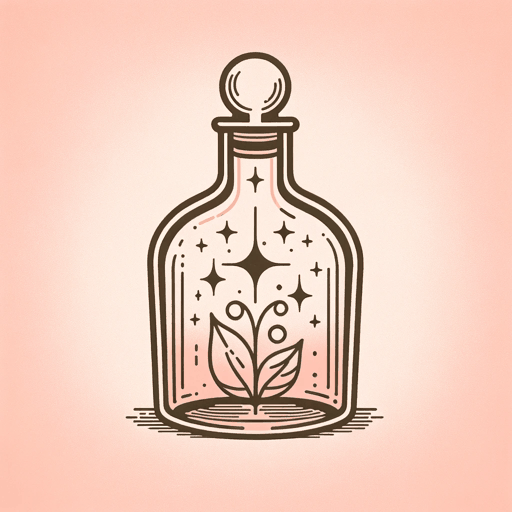17 pages • 34 minutes read
John CollierThe Chaser
Fiction | Short Story | Adult | Published in 1940A modern alternative to SparkNotes and CliffsNotes, SuperSummary offers high-quality Study Guides with detailed chapter summaries and analysis of major themes, characters, and more.
Summary and Study Guide
Summary: “The Chaser”
John Collier (1901-1980) is best known for his short stories, many of which are constructed as fantastic parables of modern day life. He also wrote poetry and screenplays, and was a developer for the television show “The Twilight Zone.” “The Chaser” first appeared in his short story collection Fancies and Goodnights, which won the 1952 Edgar Award and the 1952 International Fantasy Award. It is a cautionary parable of love, capitalism, and the wisdom of older generations. This summary refers to the reprint by the New York Review of Books Press, published in 2004.
On the advice of an unseen advisor, a young man named Alan Austen walks into a nondescript shop. Inside, he finds unidentified bottles on dusty shelves and an unnamed proprietor sitting on a rocking chair. The old man knows young Austen’s name, and invites him to sit down on the chair opposite him.
The young man asks coyly about “a certain mixture.” The old man explains that he has several mixtures of an extraordinary nature. Before Alan can state his intentions, the proprietor describes an invisible mixture which can be mixed into a beverage, and which is “imperceptible to any known method of autopsy” (415). Euphemistically, he calls this mixture a cleaning agent and declares that its purchase price is $5,000. Alan reacts with horror at both the price and the murderous purpose of the mixture.
The older man is satisfied with the younger man’s reaction, referring obscurely to Alan’s youth, and to the possibility of repeat business.
Alan has come to the older man for a love potion but wants assurances that the potion is not merely an aphrodisiac. The man clarifies that the potion is a true love potion, imitating every outward sign of love with every complication imaginable, including lust, domesticity, jealousy, and possessiveness. The old man illustrates each of these qualities with a short example.
Alan is enthusiastic, remarking with incredulity at the stated effectiveness of the drug. Diana, the woman who is the object of Alan’s unrequited affection, possesses none of the heartsick gloominess described by the older man—instead, she is fond of parties. Alan concludes that the drug must be a wonderful solution to his problem.
The man suggests that marriage is an inevitable result of the potion’s effects. “She will never divorce you,” offers the older man (417).
Alan inquires after the price of the love potion. The older man carefully repeats the price of the poison mentioned earlier: $5,000. Then, pointing to the love potion, he almost dismissively states the price as being one dollar.
Alan enthusiastically purchases the love potion. As he leaves, the proprietor suggests to Alan that he’ll be seeing him again.
Featured Collections
Allegories of Modern Life
View Collection
American Literature
View Collection
Books that Feature the Theme of...
View Collection
Business & Economics
View Collection
Laugh-out-Loud Books
View Collection
Magical Realism
View Collection
Marriage
View Collection
Satire
View Collection
Valentine's Day Reads: The Theme of Love
View Collection

